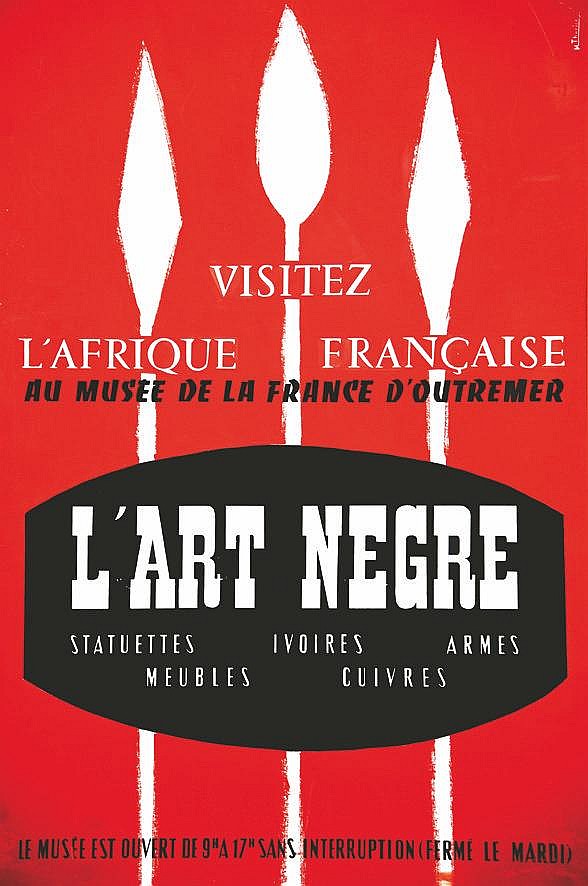"THE MAKING OF SAINT BANANA"
THE SAINTS - Artwork series

At the beginning of the 20th century, European avant-garde artists (Dadaists, Surrealists, Fauves, Expressionists..) contributed to the creation of a specific aesthetic peculiarity that became an important trend under the banner of Primitivism. Artefacts produced by traditional African cultures were supposed to incarnate the real nature of human expression. European artists (Picasso, Matisse, Kirchner..) produced art works said to be inspired by traditional African art ( Mask, sculpture, architecture). Traditional African art from the subsahariann Africa was considered as a source of new energy necessary to regenerate European Modern Art.

The French called this trend « L’ art Nègre » but « L’art Nègre » was not confined between Picasso and Matisse paintings. In 1945, Jean Dubuffet codified his version of primitivism through the concept of « L’Art Brut ». An art unconscious of being aesthetic and insensible to recognition or public acclaim. In his counter aesthetic Utopia, Dubuffet collected the art of the outsiders : the peasants, the self taught artists, the children and the mentally alienated persons.

When Joséphine Baker arrived in Paris (1925), France celebrated Jazz as an American music of African origin and black American Jazz men like L. Armstrong and D. Ellington were integrated in an avant-gardist Pan-Africanism « made in Paris ». Josephine Baker managed to insert her primitivist dance style as an African expression. Artists and intellectual figures encouraged the Africanisation of Josephine Baker and her presence in Paris almost obliterated her American sad memories.
In 1930, J.Baker introduced, in the Casino de Paris, her successful song « J’ ai deux amours » :
« J’ai deux amours, mon pays et Paris
(…)
Ma savane est belle
Mais à quoi bon le nier
Ce qui m’ensorcelle c’est Paris »

When Josephine Baker was invited by the organizers of the first ethnographic mission in Africa (La Mission Ethnographic Dakar-Djibouti 1931-1933), to support the financial effort of the African Mission, she was well established in Paris, not only as an emblem of African feminity, but also as an emblem of African culture. The Parisian intelligentsia of the period prior world war II, elaborated a beatific vision of Josephine Baker considered as the priestess of African glamour made in Paris.
Her notoriety in the Parisian showbiz, « La Revue Nègre », made her the Saint Patron of an artificial brilliant« art Nègre » occupying the space where real Africans, (“Tirailleurs” soldiers, migrant workers..), stand in real life with their authentic cultural differences and difficulties. This beatific vision of the « Black star » was granted by intellectual figures who dominated the scene of French primitivism in art (Leiris, Griaule, Rivière , Picasso Sartre, Lam).

The Beatification of Saint Josephine by the French christian intelligentsia was possible because the invention of primitivism was motivated by the need to define a place for the artistic categories that exist beyond the sphere of the official European art. Artistic primitivism is a utopia outside of Europe. Primitivism was based on a radical criticism of the modern industrial civilisation accused of corrupting the innocent natural essence in pre-capitalist societies. But the celebration of the African primitivism ended in a fetishization of the African art without the necessary critical approach that might have placed it in the social complexity of the world.
Hassan Musa - May 8, 2020